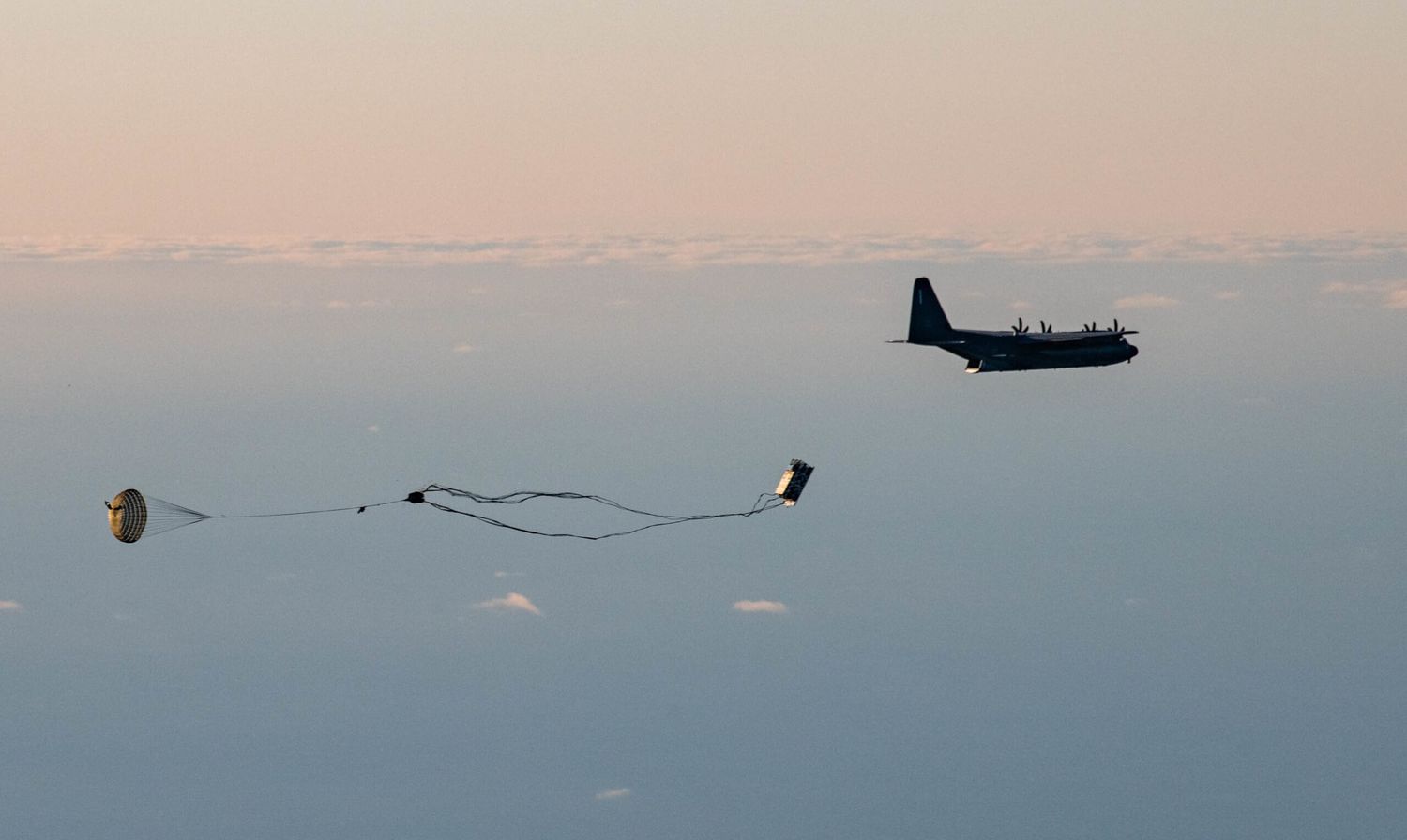The experimental system for launching cruise missiles from the cargo hold of transport aircraft, named Rapid Dragon, was tested for the first time outside the U.S., and the choice of Norway cannot be accidental.
The first successful test of the Rapid Dragon system was conducted in August 2021 in the U.S. using EC-130SJ aircraft and a C-17A.
The Rapid Dragon Palletized Effector System, capable of deploying long-range cruise missiles using standard airdrop procedures from a cargo aircraft, was successfully deployed from an MC-130J Commando II.
As reported by the U.S. Air Force Development Laboratory (AFRL), the test involved firing a Joint Air-to-Surface Standoff Missile-Extended Range, JASSM-ER, long-range cruise missile at a Norwegian range on Nov. 9, 2022.
The USAF 352nd Special Operations Wing MC-130J operational crew launched a Rapid Dragon deployment system containing long-range cruise missiles, which were sequentially released at a range over the Norwegian Sea as part of the ATREUS operational series, approved by European Command and directed by U.S. Special Operations Command.

Not just cruise missiles anymore
Although the Rapid Dragon Experimentation Program has been focused on kinetic munitions, the program’s efforts are now expanding from Palletized Munitions to Palletized Effects, which include kinetic and non-kinetic munitions; intelligence, surveillance, and reconnaissance, or ISR, platforms; cargo resupply; humanitarian aid delivery.
How does it work?
The battle management system, which is independent of the launching aircraft, receives the target data and loads it into the JASSM-ER missiles. Once the transport aircraft arrives at the designated location, the airdrop of the palletized weapon deployment system, each containing four rounds of ammunition, is initiated.
While stabilized and descending by parachute, this new deployment system sequentially releases multiple JASSM-ER missiles at intervals. This capability can provide combatant commanders with greater flexibility to respond to dynamic operating environments.
The goal of the Rapid Dragon program is to significantly increase the degree of operational flexibility of U.S. Air Force assets, while expanding the means by which precision strikes can be conducted from great distances.
Ultimately, once implemented on a large scale, the Rapid Dragon system will become a major force multiplier, which, together with traditional offensive assets such as bombers or strike aircraft, will make it possible to saturate enemy air defenses with a true missile horde.


Comentarios
Para comentar, debés estar registrado
Por favor, iniciá sesión